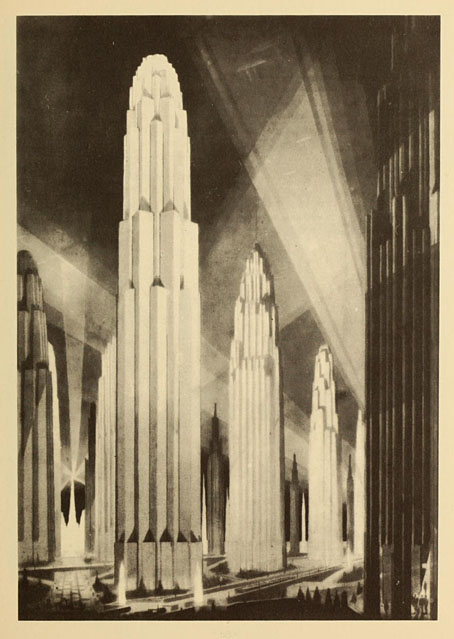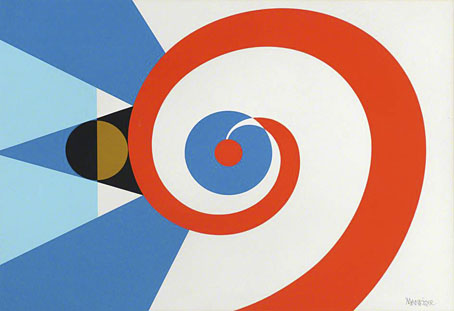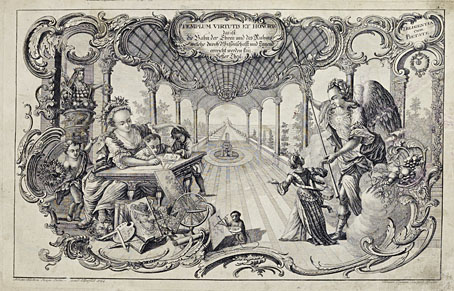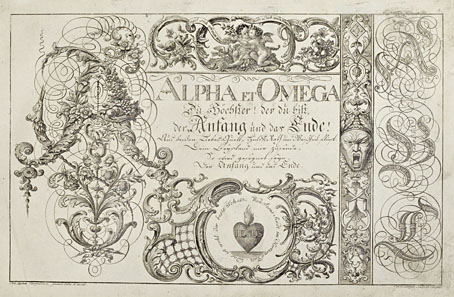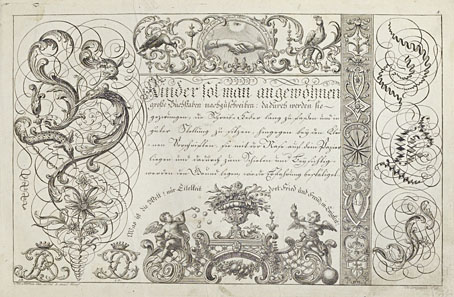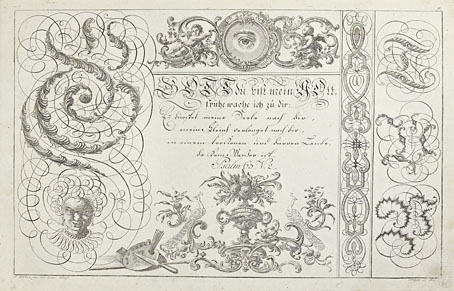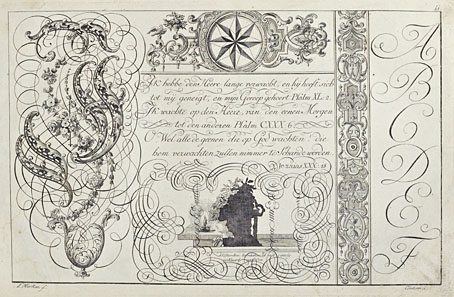Presenting my latest cover illustration for Swan River Press, and another story collection edited by Robert Lloyd Parry:
Friends and Spectres is a companion volume to Ghosts of the Chit-Chat (2020), an anthology of ghost stories by authors who had been members of the Cambridge University Chit-Chat Club along with M. R. James. Here the associations with MRJ are less formal, but stronger and more enduring: for it is the bond of genuine friendship that ties these writers to him.
The majority of pieces here were originally published under pseudonyms, and over half appeared first in amateur magazines or local newspapers. All deal with the supernatural, and several of the stories are themselves spectres—or more properly “revenants”, only now re-emerging into the light after decades of oblivion. There are rediscoveries here of “lost” tales by Arthur Reed Ropes, E. G. Swain, and the enigmatic “B.”
My cover for the earlier volume showed an imaginary interior for one of the meetings of the Chit-Chat Club where James first read his own ghost stories. The new cover shows a more accurate exterior view of the grounds outside the King’s College Chapel. Given the quantity of pictorial reference I thought this might be relatively easy to do but I had a problem finding a view that matched the one I had in mind, a twilight view of the west end of the chapel seen front-on rather than at a sharp angle. Views of the chapel from the banks of the river have been standing as an emblem of the university itself for a very long time but the majority of these are angled views. My solution was to work from a collage of three different reference photos in order to have enough drawing to fill out the spread of the jacket.
Friends and Spectres is another of Swan River’s small hardbacks which in this case is limited to 500 copies. Given the following that Mr Parry has accumulated via his readings of James’ stories I imagine this one will go quickly, so anyone interested is advised to pre-order now.
Previously on { feuilleton }
• Ghosts of the Chit-Chat








